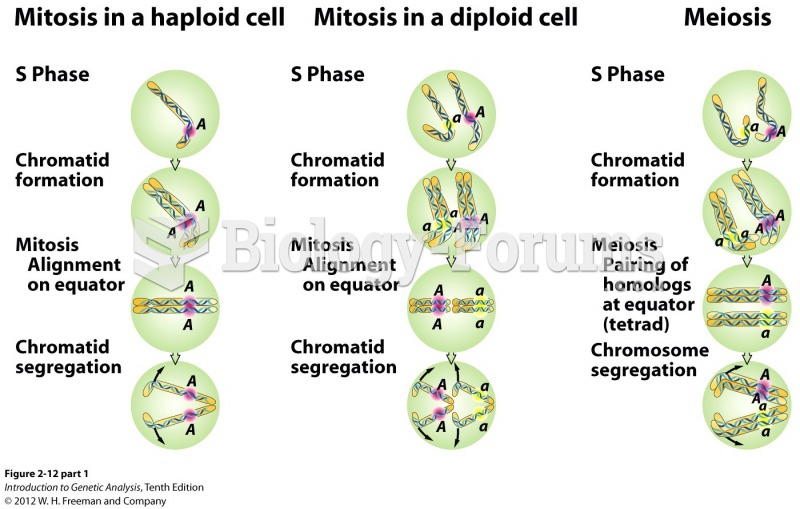|
|
|
Did you know?
The U.S. Preventive Services Task Force recommends that all women age 65 years of age or older should be screened with bone densitometry.
Did you know?
People about to have surgery must tell their health care providers about all supplements they take.
Did you know?
There are more sensory neurons in the tongue than in any other part of the body.
Did you know?
Stroke kills people from all ethnic backgrounds, but the people at highest risk for fatal strokes are: black men, black women, Asian men, white men, and white women.
Did you know?
The immune system needs 9.5 hours of sleep in total darkness to recharge completely.







